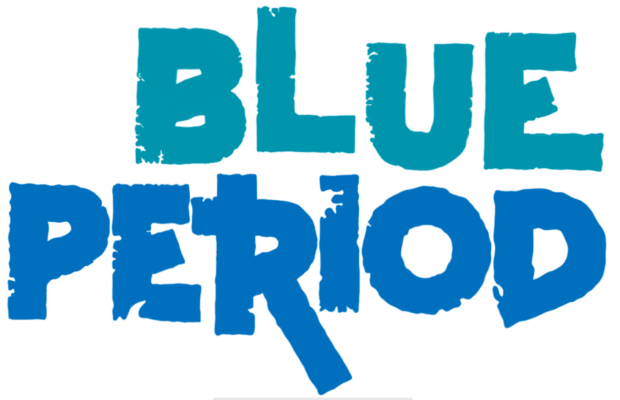“Blue Period” creates art within art

The world of fine art is one that often comes as a mystery to those looking from the outside. “Blue Period,” an anime series that recently came out on Netflix, provides insight into the emotional challenges and victories that accompany the pursuit of art.
The series follows Japanese high school student Yatora Yaguchi, who discovers his passion for art after creating a painting which depicts a skyline using only shades of blue and purple. The piece is an allusion to Pablo Picasso’s Blue Period, which is a series of works in which he made essentially monochromatic paintings in shades of blue.
Wanting to pursue his newfound passion, Yaguchi resolves to take a risk and apply for art school, specifically Tokyo University of the Arts which is the only school with a tuition he would be able to afford. The series takes the viewer through his enrollment in prep school classes, periods of individual reflection, and finally his entrance exam which takes place over the course of several days.
The way in which the show portrays Yaguchi’s process of falling in love with art was depicted in an incredibly artful and personal manner. In one scene, he stands before a painting made by one of his peers depicting a beautiful woman. As he looks closely at the shades of pink and green used in the figure’s skin, the image seems to come to life and he becomes completely immersed in the colors. These sketching and painting techniques are explored further as the show progresses, and I even found myself thinking back to Yaguchi’s lessons when creating my own art pieces.
“Blue Period” also delves deep into themes of identity and self-discovery. The show features a genderqueer character and explores how their expression through art is influenced by their gender identity. Not only that, but many of the art pieces featured in the series convey important messages regarding self-perception and vulnerability. The show communicates how art is a reflection of the individual and is inspired by personal experiences. Though there were times when the protagonist’s character seemed a bit flat, this makes sense in the context that the plot centers around his own self-discovery.
I found that I was able to relate to Yaguchi, not only on the surface but also at a deeper level. Being a high school senior, the topics of college and tuition costs are constantly on my mind, and the series provides an accurate representation of the immense pressure to not only get into a good school, but one that offers a reasonable tuition. I also felt seen as an artist, as my relationship with artistic creation is in a constant state of fluctuation. Based on my own experiences, “Blue Period” captures the catharsis that comes with creating a piece and the absolute sense of joy in its completion. However, it also explores how emotionally demanding the arts can be, and how the quality of a work is completely dependent on the creator’s mental state.
While centered around a seemingly average highschooler, “Blue Period” immerses the viewer and showcases the magic that can be found simply by putting pencil to paper, paint to canvas. It is perfect for anyone who is willing to recognize it for what it is–a piece of art.



